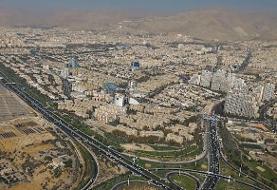UNESCO adds Iran's ancient water channels (Qanats) to world Heritage list
UNESCO - 15 July 2016 – The World Heritage Committee of the UN Educational, Scientific and Cultural Organization (UNESCO) today inscribed four new sites in China, India, Iran and Micronesia on its World Heritage List. The new sites added to the list - all of special cultural or physical significance - include China’s Zuojiang Huashan rock art cultural landscape; the archaeological site of Nalanda Mahavihara in India; and the Persian Qanat (Kariz) in Iran.
Known as one of the first known reliable water supplies for human settlements and irrigation in hot, arid climates, Iran's ancient Kariz (or Qanat, meaning underground water channels), developed by Persians sometime in the early 1st millennium BC, is a gently sloping underground channel with a series of vertical access shafts, used to transport water from an aquifer under a hill.

The 11 qanats representing the Persian Qanat in Iran include rest areas for workers, water reservoirs and watermills. UNESCO highlighted that these Qanats provide exceptional testimony to cultural traditions and civilizations in desert areas with an arid climate.

The value of the qanat is directly related to the quality, volume, and regularity of the water flow. Much of the population of Iran and other arid countries in Asia and North Africa historically depended upon the water from qanats; the areas of population corresponded closely to the areas where qanats are possible. Although a qanat was expensive to construct, its long-term value to the community, and thereby to the group that invested in building and maintaining it, was substantial.



















































